What Do I Need to Know About Laying a Wood Floor?
Timber floors look lovely, but how easy is it to have one laid and how much is it likely to cost?
Sarah Alcroft
10 December 2018
Houzz UK Editorial Team
Fancy installing a hardwood floor – whether solid or engineered wood boards or parquet – to add warmth and character to your home, but not sure what’s involved? Read this expert advice on everything from time frame to likely cost.
Professional advice from: Matt Francis of The Prestige Flooring Co; Sam Wilson of Art of Flooring; Robyn Pulford of Chaunceys Timber Flooring
Professional advice from: Matt Francis of The Prestige Flooring Co; Sam Wilson of Art of Flooring; Robyn Pulford of Chaunceys Timber Flooring
What’s the difference between solid and engineered wood flooring?
“Solid boards are manufactured from just one piece of wood,” Robyn Pulford says.
“Engineered boards, in contrast, are manufactured from multiple layers – or plies – of wood assembled in a cross-ply construction. The top layer is hardwood, such as oak, which is what you see when the planks are installed,” she says.
Matt Francis adds, “Most engineered wood boards are between 14 and 21mm thick, with around 3 to 4mm of hardwood on thinner boards, and 5 to 6mm on the thicker ones.” The thicker the top layer of wood, or lamella, the more you can sand the boards to revive them.
It’s also possible to lay reclaimed boards. “Reclaimed wood is salvaged from an old structure and either refinished or left untouched for new projects,” Robyn says.
However, Matt says, “It can be tricky to come by and you might not have enough boards in a reclaimed batch for your project. You’re never quite sure of what you’re going to be able to get.”
Engineered can be tongue-and-groove or click-system boards. Solid boards tend to be tongue-and-groove. Reclaimed are likely to be straight-edged.
“Solid boards are manufactured from just one piece of wood,” Robyn Pulford says.
“Engineered boards, in contrast, are manufactured from multiple layers – or plies – of wood assembled in a cross-ply construction. The top layer is hardwood, such as oak, which is what you see when the planks are installed,” she says.
Matt Francis adds, “Most engineered wood boards are between 14 and 21mm thick, with around 3 to 4mm of hardwood on thinner boards, and 5 to 6mm on the thicker ones.” The thicker the top layer of wood, or lamella, the more you can sand the boards to revive them.
It’s also possible to lay reclaimed boards. “Reclaimed wood is salvaged from an old structure and either refinished or left untouched for new projects,” Robyn says.
However, Matt says, “It can be tricky to come by and you might not have enough boards in a reclaimed batch for your project. You’re never quite sure of what you’re going to be able to get.”
Engineered can be tongue-and-groove or click-system boards. Solid boards tend to be tongue-and-groove. Reclaimed are likely to be straight-edged.
Which type should I choose?
“You can’t really go wrong with an engineered wood floor, as long as you buy a quality product from a reputable supplier,” Matt says. “Visually, it looks like a solid wood floor.”
Sam Wilson agrees. “We tend to recommend engineered wood, even for parquet floors,” he says, “as it will have added strength, stability and a greater resistance to moisture and heat.”
Robyn adds, “For any space that has air conditioning or underfloor heating, it’s best to fit good-quality engineered wood, as it’s less likely to expand or contract.”
Whether you choose engineered or solid wood flooring, make sure it’s an FSC- or PEFC-certified product.
“When it comes to parquet,” Matt says, “you can do pretty much the same things with solid and engineered blocks, but there are more options with engineered, as solid and reclaimed blocks are generally smaller. Larger patterns tend to be made from engineered parquet.”
Wooden floors aren’t recommended for bathrooms. If you want wood in a kitchen, choose engineered and be prepared to mop up spills immediately.
Need bathroom flooring inspiration? Check out these 10 ideas for tiling your bathroom floor.
“You can’t really go wrong with an engineered wood floor, as long as you buy a quality product from a reputable supplier,” Matt says. “Visually, it looks like a solid wood floor.”
Sam Wilson agrees. “We tend to recommend engineered wood, even for parquet floors,” he says, “as it will have added strength, stability and a greater resistance to moisture and heat.”
Robyn adds, “For any space that has air conditioning or underfloor heating, it’s best to fit good-quality engineered wood, as it’s less likely to expand or contract.”
Whether you choose engineered or solid wood flooring, make sure it’s an FSC- or PEFC-certified product.
“When it comes to parquet,” Matt says, “you can do pretty much the same things with solid and engineered blocks, but there are more options with engineered, as solid and reclaimed blocks are generally smaller. Larger patterns tend to be made from engineered parquet.”
Wooden floors aren’t recommended for bathrooms. If you want wood in a kitchen, choose engineered and be prepared to mop up spills immediately.
Need bathroom flooring inspiration? Check out these 10 ideas for tiling your bathroom floor.
What about the subfloor?
With all wood floors, the subfloor is key. It should be level, flat, clean and dry.
“Subfloor preparation is very important,” Matt says. “If your floor is not perfectly flat, it will need some work. If you have floorboards, ply would be laid over them to improve the levels, and possibly some smoothing compounds. If it’s a concrete floor and not perfectly flat and totally dry – often the case – you might need a liquid damp-proof membrane and then some levelling compound.”
Solid wood and parquet need to be stuck or secret nailed to the subfloor. Engineered, in addition to these options, can be ‘floated’ on an underlay – literally laid on top of it.
“With an engineered wood floor, you can glue the tongue-and-groove together and lay it over an underlay,” Matt says. “This can be for sound or heat insulation, 3 to 4mm thick. Bonding or nailing is a more stable method, however, as it results in less movement.
“Because it can be floated above sound-reducing insulation,” he adds, “engineered wood flooring is a good option for flats.”
With all wood floors, the subfloor is key. It should be level, flat, clean and dry.
“Subfloor preparation is very important,” Matt says. “If your floor is not perfectly flat, it will need some work. If you have floorboards, ply would be laid over them to improve the levels, and possibly some smoothing compounds. If it’s a concrete floor and not perfectly flat and totally dry – often the case – you might need a liquid damp-proof membrane and then some levelling compound.”
Solid wood and parquet need to be stuck or secret nailed to the subfloor. Engineered, in addition to these options, can be ‘floated’ on an underlay – literally laid on top of it.
“With an engineered wood floor, you can glue the tongue-and-groove together and lay it over an underlay,” Matt says. “This can be for sound or heat insulation, 3 to 4mm thick. Bonding or nailing is a more stable method, however, as it results in less movement.
“Because it can be floated above sound-reducing insulation,” he adds, “engineered wood flooring is a good option for flats.”
Will I be able to have underfloor heating?
You need engineered wood for underfloor heating. If you’re floating a floor, also check your underlay is compatible.
“If you have a wooden floor, when you first switch on underfloor heating after it’s been off for a while, make sure you don’t go to a high temperature immediately,” Sam advises. “Don’t suddenly turn it on full whack – increase it gradually by a few degrees each day to a maximum of 27 degrees below the boards.”
You need engineered wood for underfloor heating. If you’re floating a floor, also check your underlay is compatible.
“If you have a wooden floor, when you first switch on underfloor heating after it’s been off for a while, make sure you don’t go to a high temperature immediately,” Sam advises. “Don’t suddenly turn it on full whack – increase it gradually by a few degrees each day to a maximum of 27 degrees below the boards.”
How long would it take to lay a floor in a standard living room.
Wooden flooring should be delivered ahead of time. “It’s important the boards are acclimatised in the conditions in which the room will be used for at least 48 hours,” Sam says. “They should be laid flat away from the walls in a room temperature of at least 18°C at a relative humidity of between 40 and 60%.”
“If the subfloor is suitable,” Matt says, “it should take a day to lay floorboards in a small living room of around 20 sq m. If not, the subfloor would take around a day to lay, then we’d leave it for a couple of days to allow the compounds to dry properly.
“If there’s furniture still in the room,” he adds, “that can slow things down, so it’s best to empty it if possible.”
Parquet takes longer. “It’s less forgiving [of an uneven subfloor], so you tend to need preparation time,” Matt says. “After the subfloor work, you’re looking at three days to lay a herringbone floor in a 20 sq m room.”
This is because parquet is laid from the centre outwards. “You start by laying a spine down the middle of the room and you can’t do any more till that goes off, so there’s a bit more stop and start,” he explains. “Then the pattern comes off that spine. There’s also a border to cut in around the edge.
“With plain floorboards, conversely, once you start, you can keep going and there’s no border to worry about.”
Shop living room products on Houzz.
Wooden flooring should be delivered ahead of time. “It’s important the boards are acclimatised in the conditions in which the room will be used for at least 48 hours,” Sam says. “They should be laid flat away from the walls in a room temperature of at least 18°C at a relative humidity of between 40 and 60%.”
“If the subfloor is suitable,” Matt says, “it should take a day to lay floorboards in a small living room of around 20 sq m. If not, the subfloor would take around a day to lay, then we’d leave it for a couple of days to allow the compounds to dry properly.
“If there’s furniture still in the room,” he adds, “that can slow things down, so it’s best to empty it if possible.”
Parquet takes longer. “It’s less forgiving [of an uneven subfloor], so you tend to need preparation time,” Matt says. “After the subfloor work, you’re looking at three days to lay a herringbone floor in a 20 sq m room.”
This is because parquet is laid from the centre outwards. “You start by laying a spine down the middle of the room and you can’t do any more till that goes off, so there’s a bit more stop and start,” he explains. “Then the pattern comes off that spine. There’s also a border to cut in around the edge.
“With plain floorboards, conversely, once you start, you can keep going and there’s no border to worry about.”
Shop living room products on Houzz.
Will the skirting boards need to be removed?
“You need to leave an expansion gap around the edge of a wood floor to accommodate any movement,” Sam says.
“In an ideal world, you’d remove the skirting boards so you could hide the gap underneath, but if the homeowner doesn’t want to, perhaps due to having old, delicate walls, we can use scotia or quadrant beading that matches the floor to cover the gap. Most floor fitters will remove the skirting boards if required,” he says.
“You need to leave an expansion gap around the edge of a wood floor to accommodate any movement,” Sam says.
“In an ideal world, you’d remove the skirting boards so you could hide the gap underneath, but if the homeowner doesn’t want to, perhaps due to having old, delicate walls, we can use scotia or quadrant beading that matches the floor to cover the gap. Most floor fitters will remove the skirting boards if required,” he says.
What kind of finishes can I have?
Lacquer (or varnish) and oil (combined with wax in some products) are both options. Lacquer, which provides a protective coating on the surface of the wood, is tougher, but the advantage of oil, which soaks in, is a floor can be repaired in one area. It also tends to look more natural.
“If there’s a scratch on an oiled floor, we can repair just that spot, rather than having to take back the whole floor and finish it again, as you’d have to do with lacquer – think nail polish!” Sam says.
Numerous finishes can be achieved on both solid and engineered wood. Sam says, “We do brushed for a textured surface, band sawn, tumbled to make it look older, smoked to different degrees, and torched, where the edges are burnt a little bit. Our most popular look of these is dark smoked tumbled herringbone parquet [pictured].”
Matt adds, “You can have almost paper white through to black finishes. With different suppliers offering different oils, there are hundreds of tones available.”
Wood can be prefinished or done on site. If you’re sure of the look you want, prefinishing makes sense, but if in doubt, wait until you’ve seen the floor in situ.
Lacquer (or varnish) and oil (combined with wax in some products) are both options. Lacquer, which provides a protective coating on the surface of the wood, is tougher, but the advantage of oil, which soaks in, is a floor can be repaired in one area. It also tends to look more natural.
“If there’s a scratch on an oiled floor, we can repair just that spot, rather than having to take back the whole floor and finish it again, as you’d have to do with lacquer – think nail polish!” Sam says.
Numerous finishes can be achieved on both solid and engineered wood. Sam says, “We do brushed for a textured surface, band sawn, tumbled to make it look older, smoked to different degrees, and torched, where the edges are burnt a little bit. Our most popular look of these is dark smoked tumbled herringbone parquet [pictured].”
Matt adds, “You can have almost paper white through to black finishes. With different suppliers offering different oils, there are hundreds of tones available.”
Wood can be prefinished or done on site. If you’re sure of the look you want, prefinishing makes sense, but if in doubt, wait until you’ve seen the floor in situ.
How much is it likely to cost?
“It’s very difficult to put a price on a wooden floor, as there’s so much variation,” Matt says. “For example, you could get fairly cheap solid wood imports, but the pieces tend to be small, so the floor looks bitty.
“Very roughly for a 20 sq m room fitted,” he says, “solid (depending on where it’s sourced) would be around £3,000; engineered would be around £2,500, and parquet around £3,200, as there’s more labour involved.”
Tempted to lay a wood floor? Find flooring professionals in your area.
“It’s very difficult to put a price on a wooden floor, as there’s so much variation,” Matt says. “For example, you could get fairly cheap solid wood imports, but the pieces tend to be small, so the floor looks bitty.
“Very roughly for a 20 sq m room fitted,” he says, “solid (depending on where it’s sourced) would be around £3,000; engineered would be around £2,500, and parquet around £3,200, as there’s more labour involved.”
Tempted to lay a wood floor? Find flooring professionals in your area.
How can I keep my wood floor looking good?
“A lacquered floor requires less maintenance, as it’s tougher,” Matt says. “However, you will eventually need to pay a professional to redo it.
“An oiled floor requires more maintenance, but it’s easier to do. Oil should really be applied annually. Most people don’t do it every year, but the longer you leave it, the bigger the job,” he says.
“How often it needs doing depends on your household,” he adds. “If you have children, pets and no porch, that floor will age a lot quicker.”
For day-to-day cleaning, less is more. “Don’t overly clean a wooden floor – sweep and vacuum it,” Matt says. “If you do occasionally need to mop, use the right cleaning products, which work with the oils. Always wring the mop out as much as possible – damp rather than wet.”
Sam agrees “Use a pH-neutral cleaner,” he says, “ideally the one recommended by the manufacturer of the finish product you’ve used.”
Tell us…
Are you tempted to lay a wood floor? Or, if you have one already, are you happy with it? Share your thoughts and tips in the Comments section.
“A lacquered floor requires less maintenance, as it’s tougher,” Matt says. “However, you will eventually need to pay a professional to redo it.
“An oiled floor requires more maintenance, but it’s easier to do. Oil should really be applied annually. Most people don’t do it every year, but the longer you leave it, the bigger the job,” he says.
“How often it needs doing depends on your household,” he adds. “If you have children, pets and no porch, that floor will age a lot quicker.”
For day-to-day cleaning, less is more. “Don’t overly clean a wooden floor – sweep and vacuum it,” Matt says. “If you do occasionally need to mop, use the right cleaning products, which work with the oils. Always wring the mop out as much as possible – damp rather than wet.”
Sam agrees “Use a pH-neutral cleaner,” he says, “ideally the one recommended by the manufacturer of the finish product you’ve used.”
Tell us…
Are you tempted to lay a wood floor? Or, if you have one already, are you happy with it? Share your thoughts and tips in the Comments section.
Related Stories
Decorating
Where Do I Start When Renovating or Redecorating My Home?
By Eva Byrne
Keen to get going on a project but not sure where to begin? Read this practical guide to getting started
Full Story
Gardens
How Do I Create a Drought-tolerant Garden?
By Kate Burt
As summers heat up, plants that need less water are increasingly desirable. Luckily, there are lots of beautiful options
Full Story
Architecture
21 Ways Designers Are Incorporating Arches Into Homes
By Kate Burt
Everywhere we look on Houzz right now, a cheeky arch pops up. How would you add this timeless architectural feature?
Full Story
Lifestyle
How to Improve the Air Quality in Your Home
Want to ensure your home environment is clean and healthy? Start by assessing the quality of your air
Full Story
Gardens
Can I Have a Lawn-free Garden That’s Kind to the Environment?
Try these tips to help you plan a garden without grass that’s still leafy and eco-friendly
Full Story
Sustainability
How Can I Incorporate Biodiversity Into My Building Project?
By Kate Burt
If you’re renovating, you have a brilliant opportunity to plan in nature-friendly touches at the outset
Full Story
Lofts
How Do I Begin a Loft Conversion?
Wondering where to start when converting your loft? Ask yourself these questions to ensure you plan well
Full Story
Living Rooms
Where Designers Would Spend and Save in a Living Room
By Cheryl F
It’s your main relaxation space, so what should you splurge or scrimp on in the living room?
Full Story
Architecture
Japan’s Riken Yamamoto Wins the 2024 Pritzker Architecture Prize
The architect is known for creating indoor-outdoor homes and buildings that foster a strong sense of community
Full Story
Working with Pros
How to Choose an Electrician
By Cheryl F
From what to ask to getting the best result possible, here’s what to know when you’re hiring an electrician
Full Story



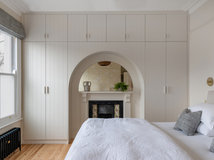




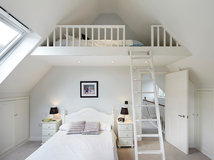


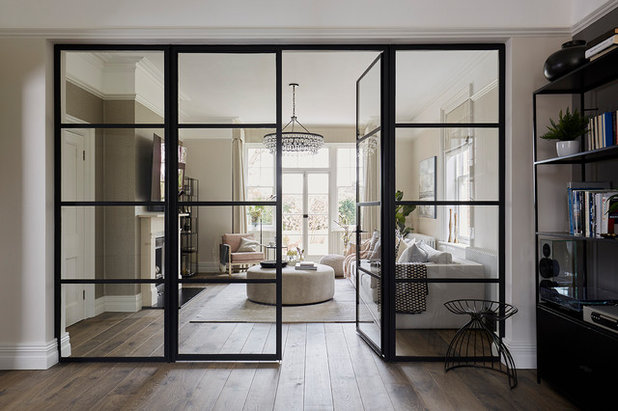
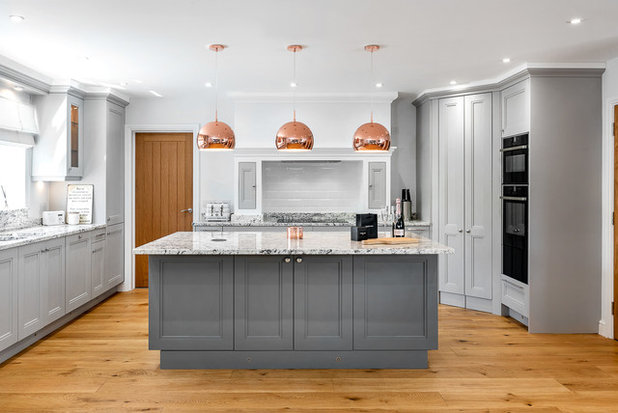
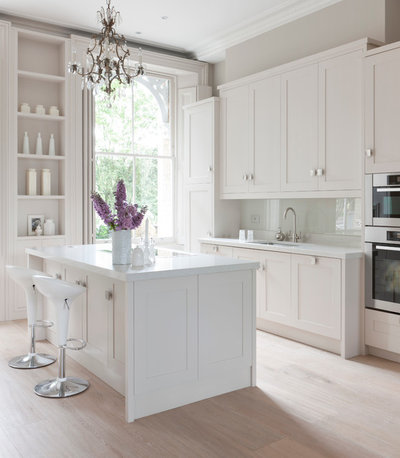
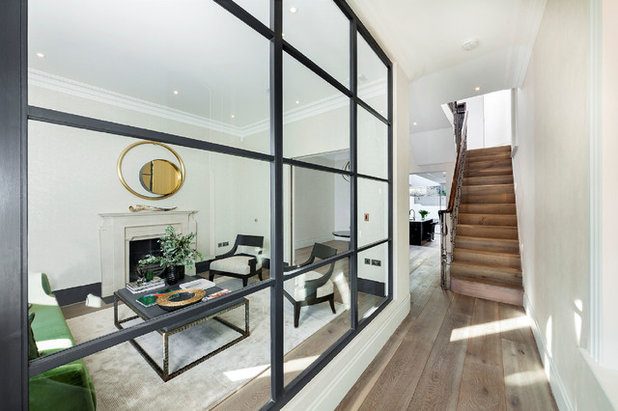
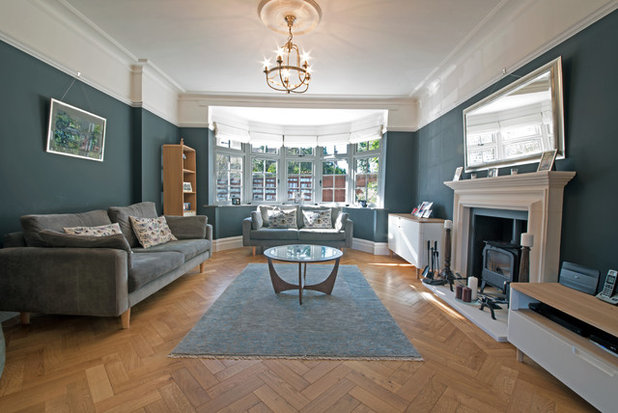
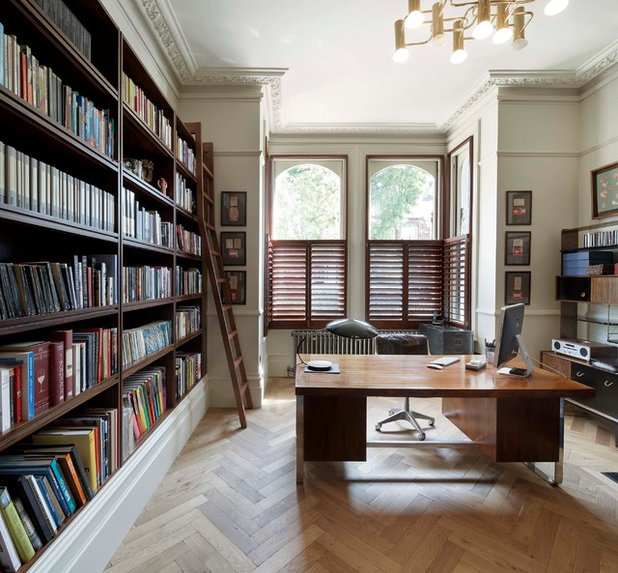
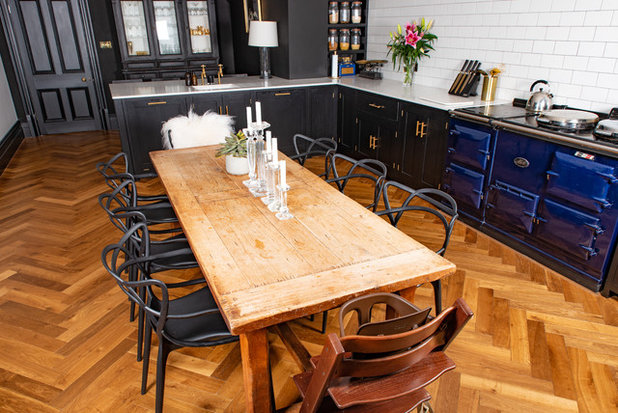
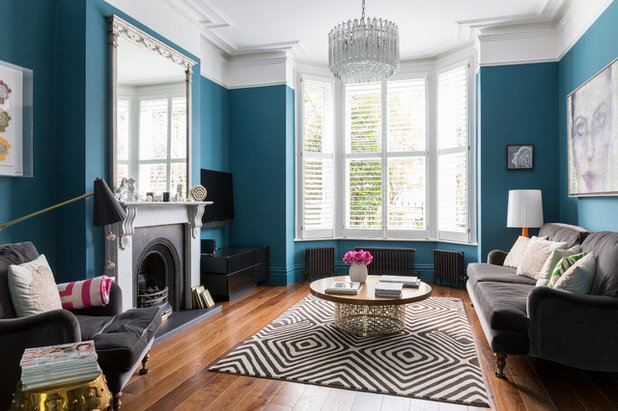

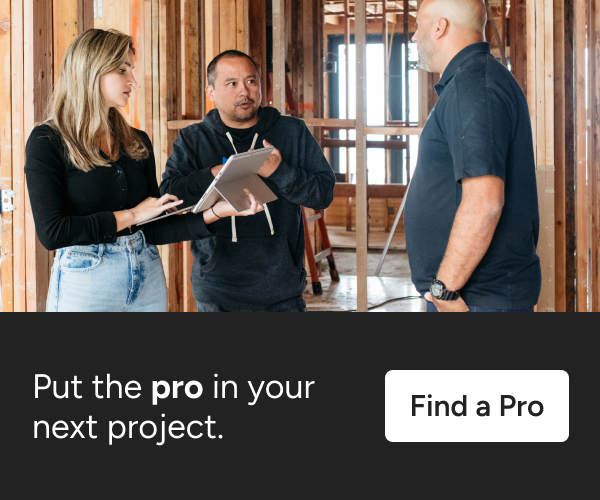
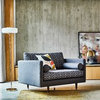
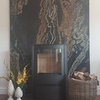

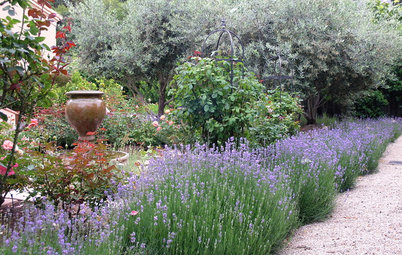
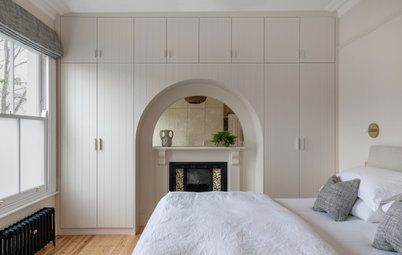

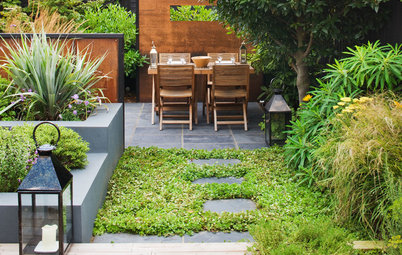
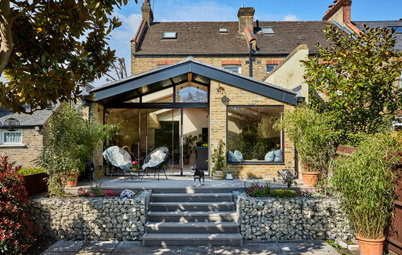
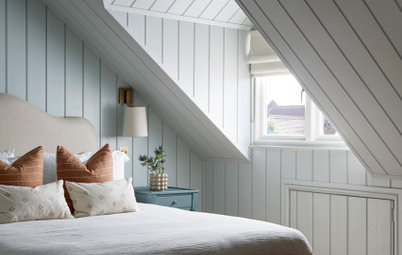
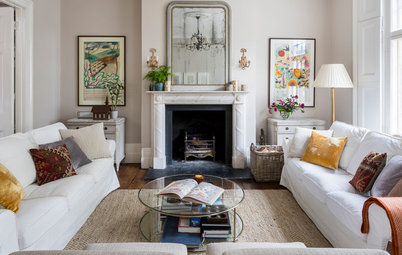

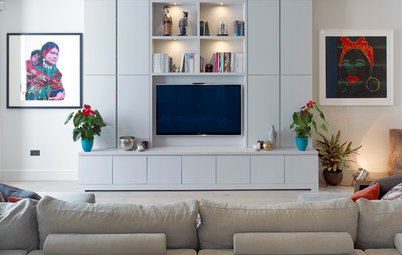
Yes, it's a very useful article. Could you also advise, which type of underlay would be suitable under an engineered oak floor that is to be placed on a concrete foundation of a music and art studio (approx. 11x3m)?
@HU-745607012 We thought some of the information from this article on our website may be useful to you. Guide on wood flooring.